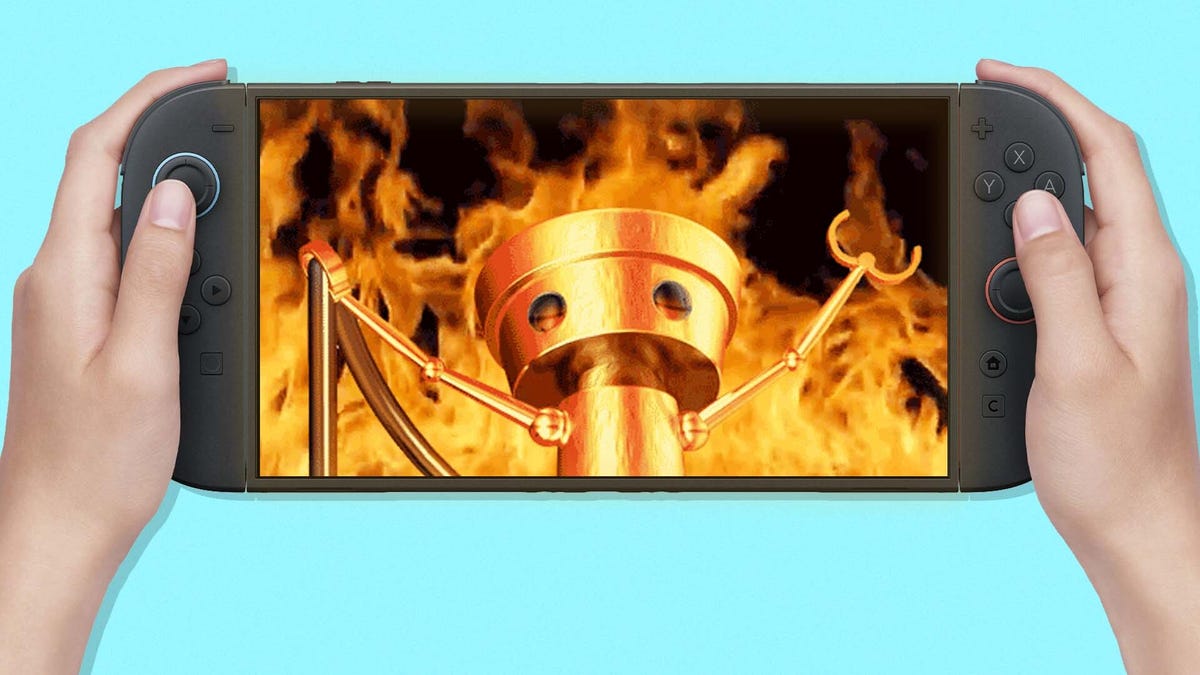MacBook with Touch Bar – A Closer Look at Innovation
The MacBook with Touch Bar introduced a new way to interact with macOS, offering a dynamic, touch-sensitive strip that adapts to different applications. While it brought innovation to Apple's laptop lineup, it also sparked debates among users regarding its practicality and functionality. What is the MacBook Touch Bar? The Touch Bar is a thin OLED touchscreen strip located above the keyboard, replacing the traditional function keys. It dynamically changes based on the active application, providing quick access to controls, shortcuts, and predictive text. Apple first introduced this feature in 2016 with the MacBook Pro lineup, aiming to enhance user interaction and streamline workflows. Key Features of the Touch Bar Apple designed the Touch Bar to enhance productivity and user experience by introducing unique features. Some of the standout functionalities include: Adaptive controls – Displays relevant tools based on the active application. For example, in Safari, it shows quick-access tabs, while in Photoshop, it offers editing tools. Customization options – Users can personalize controls for quick access to frequently used shortcuts. Quick access to emojis and media controls – Simplifies text input with emoji suggestions and provides an intuitive way to control volume, brightness, and playback. Touch ID integration – Enhances security with fingerprint authentication, making it easier to log in and authorize payments via Apple Pay. Pros of the MacBook with Touch Bar The Touch Bar brought several advantages to Mac users, particularly for creative professionals and power users. Some of the key benefits include: Intuitive navigation – Provides quick access to frequently used functions, reducing the need for complex keyboard shortcuts. Enhanced multitasking – Allows users to streamline their workflow by minimizing on-screen clutter and offering context-aware options. Better security – Integrates with Touch ID for secure authentication, eliminating the need to manually enter passwords for logins and online transactions. Cons of the Touch Bar Despite its innovative approach, the Touch Bar faced criticism from many users. The main drawbacks include: Steep learning curve – Requires time to adapt to the new interface, especially for users accustomed to traditional function keys. Lack of tactile feedback – Not as efficient as physical function keys for tasks like adjusting brightness or volume, as users must look down to navigate the Touch Bar. Limited developer adoption – Not all apps fully utilize the Touch Bar’s capabilities, reducing its overall usefulness. Is the Touch Bar Here to Stay? Apple’s decision to remove the Touch Bar from newer MacBook Pro models raises questions about its future. While some users appreciated its functionality, Apple has shifted back to physical function keys, suggesting a preference for traditional input methods. The removal indicates that Apple listened to user feedback, acknowledging that many professionals preferred the tactile nature of physical keys over the adaptive Touch Bar. Alternatives to the MacBook with Touch Bar For users who prefer physical function keys, there are several MacBook alternatives available. The latest MacBook Pro models feature: Physical function keys – Bringing back the traditional keyboard layout for a more familiar experience. Larger trackpads – Enhancing usability and navigation with macOS gestures. More powerful hardware – Improved performance with Apple’s M-series chips, offering faster processing speeds and better battery life. Conclusion The MacBook with Touch Bar was an ambitious step toward reimagining keyboard interactions, but it received mixed reactions from users. While it offered innovative features, its practicality remains a topic of debate. With Apple moving away from the Touch Bar in recent models, the era of this unique feature may be coming to an end. However, its legacy lives on as an example of Apple’s willingness to experiment with new technologies in pursuit of a better user experience.

The MacBook with Touch Bar introduced a new way to interact with macOS, offering a dynamic, touch-sensitive strip that adapts to different applications. While it brought innovation to Apple's laptop lineup, it also sparked debates among users regarding its practicality and functionality.
What is the MacBook Touch Bar?
The Touch Bar is a thin OLED touchscreen strip located above the keyboard, replacing the traditional function keys. It dynamically changes based on the active application, providing quick access to controls, shortcuts, and predictive text. Apple first introduced this feature in 2016 with the MacBook Pro lineup, aiming to enhance user interaction and streamline workflows.
Key Features of the Touch Bar
Apple designed the Touch Bar to enhance productivity and user experience by introducing unique features. Some of the standout functionalities include:
- Adaptive controls – Displays relevant tools based on the active application. For example, in Safari, it shows quick-access tabs, while in Photoshop, it offers editing tools.
- Customization options – Users can personalize controls for quick access to frequently used shortcuts.
- Quick access to emojis and media controls – Simplifies text input with emoji suggestions and provides an intuitive way to control volume, brightness, and playback.
- Touch ID integration – Enhances security with fingerprint authentication, making it easier to log in and authorize payments via Apple Pay.
Pros of the MacBook with Touch Bar
The Touch Bar brought several advantages to Mac users, particularly for creative professionals and power users. Some of the key benefits include:
- Intuitive navigation – Provides quick access to frequently used functions, reducing the need for complex keyboard shortcuts.
- Enhanced multitasking – Allows users to streamline their workflow by minimizing on-screen clutter and offering context-aware options.
- Better security – Integrates with Touch ID for secure authentication, eliminating the need to manually enter passwords for logins and online transactions.
Cons of the Touch Bar
Despite its innovative approach, the Touch Bar faced criticism from many users. The main drawbacks include:
- Steep learning curve – Requires time to adapt to the new interface, especially for users accustomed to traditional function keys.
- Lack of tactile feedback – Not as efficient as physical function keys for tasks like adjusting brightness or volume, as users must look down to navigate the Touch Bar.
- Limited developer adoption – Not all apps fully utilize the Touch Bar’s capabilities, reducing its overall usefulness.
Is the Touch Bar Here to Stay?
Apple’s decision to remove the Touch Bar from newer MacBook Pro models raises questions about its future. While some users appreciated its functionality, Apple has shifted back to physical function keys, suggesting a preference for traditional input methods. The removal indicates that Apple listened to user feedback, acknowledging that many professionals preferred the tactile nature of physical keys over the adaptive Touch Bar.
Alternatives to the MacBook with Touch Bar
For users who prefer physical function keys, there are several MacBook alternatives available. The latest MacBook Pro models feature:
- Physical function keys – Bringing back the traditional keyboard layout for a more familiar experience.
- Larger trackpads – Enhancing usability and navigation with macOS gestures.
- More powerful hardware – Improved performance with Apple’s M-series chips, offering faster processing speeds and better battery life.
Conclusion
The MacBook with Touch Bar was an ambitious step toward reimagining keyboard interactions, but it received mixed reactions from users. While it offered innovative features, its practicality remains a topic of debate. With Apple moving away from the Touch Bar in recent models, the era of this unique feature may be coming to an end. However, its legacy lives on as an example of Apple’s willingness to experiment with new technologies in pursuit of a better user experience.




















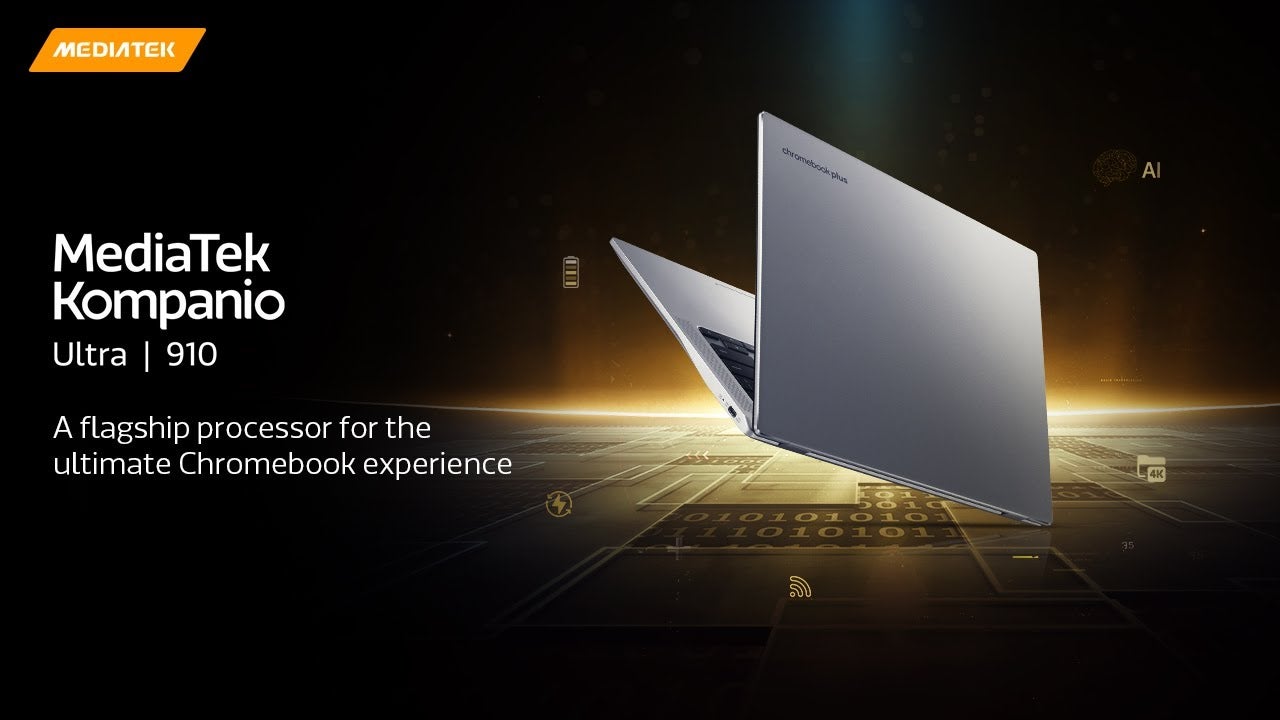

![Some T-Mobile customers can track real-time location of other users and random kids without permission [UPDATED]](https://m-cdn.phonearena.com/images/article/169135-two/Some-T-Mobile-customers-can-track-real-time-location-of-other-users-and-random-kids-without-permission-UPDATED.jpg?#)
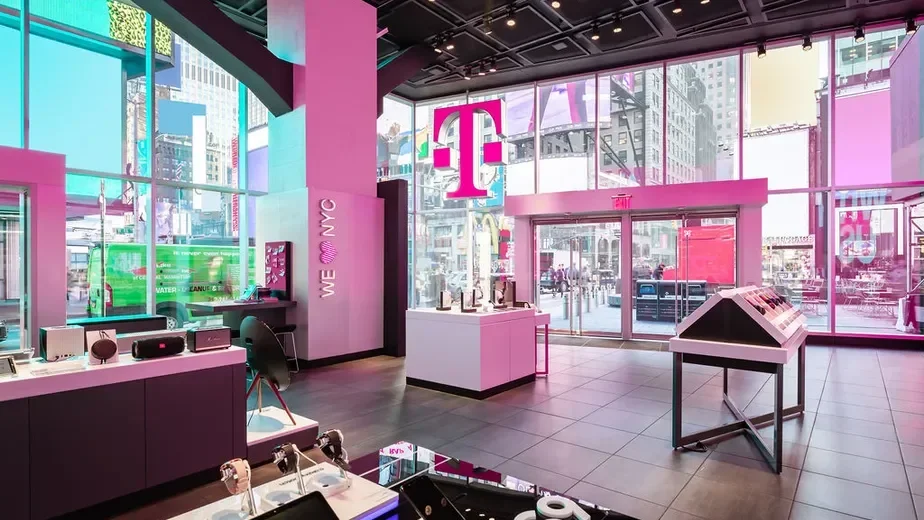



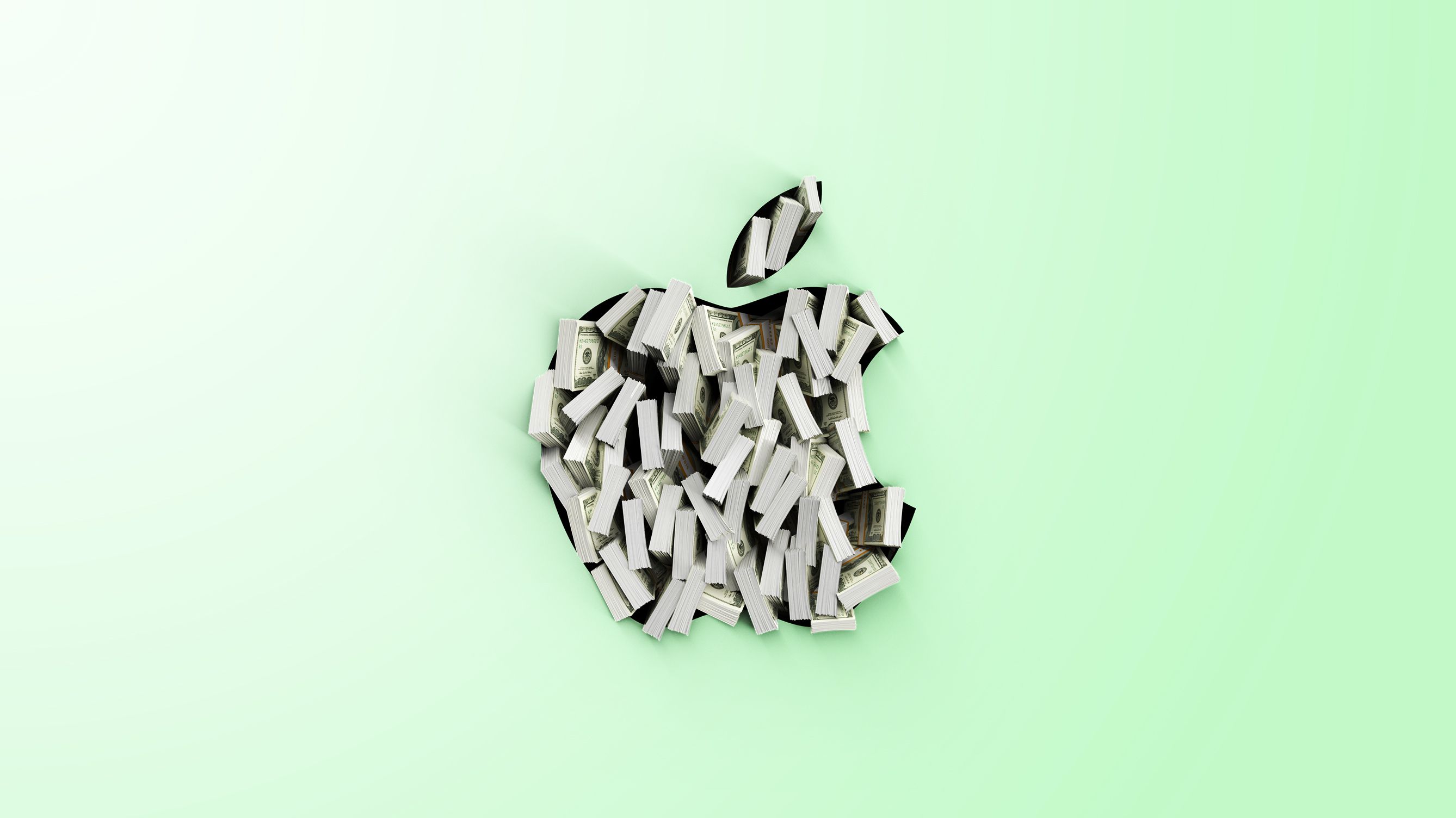
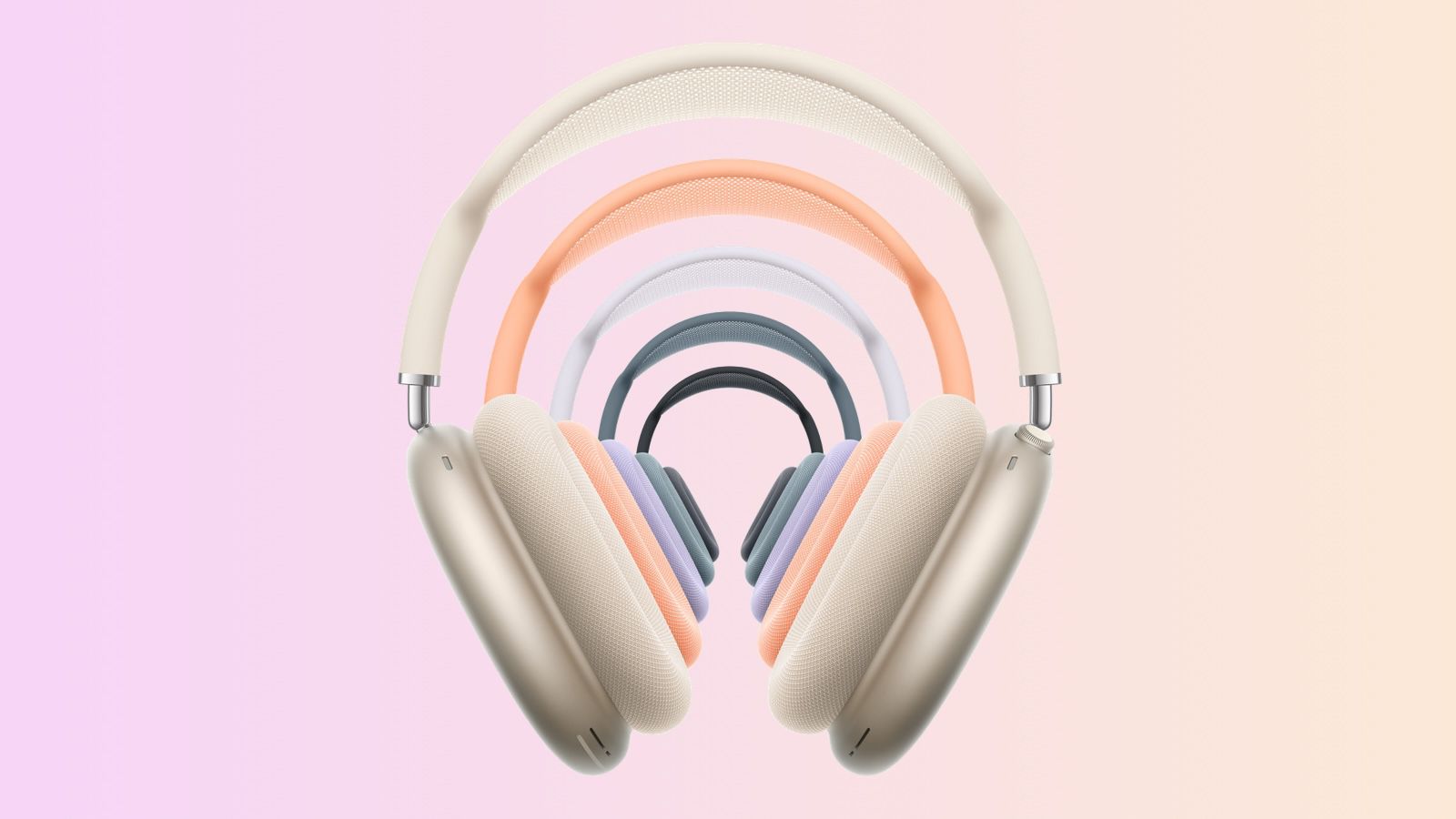
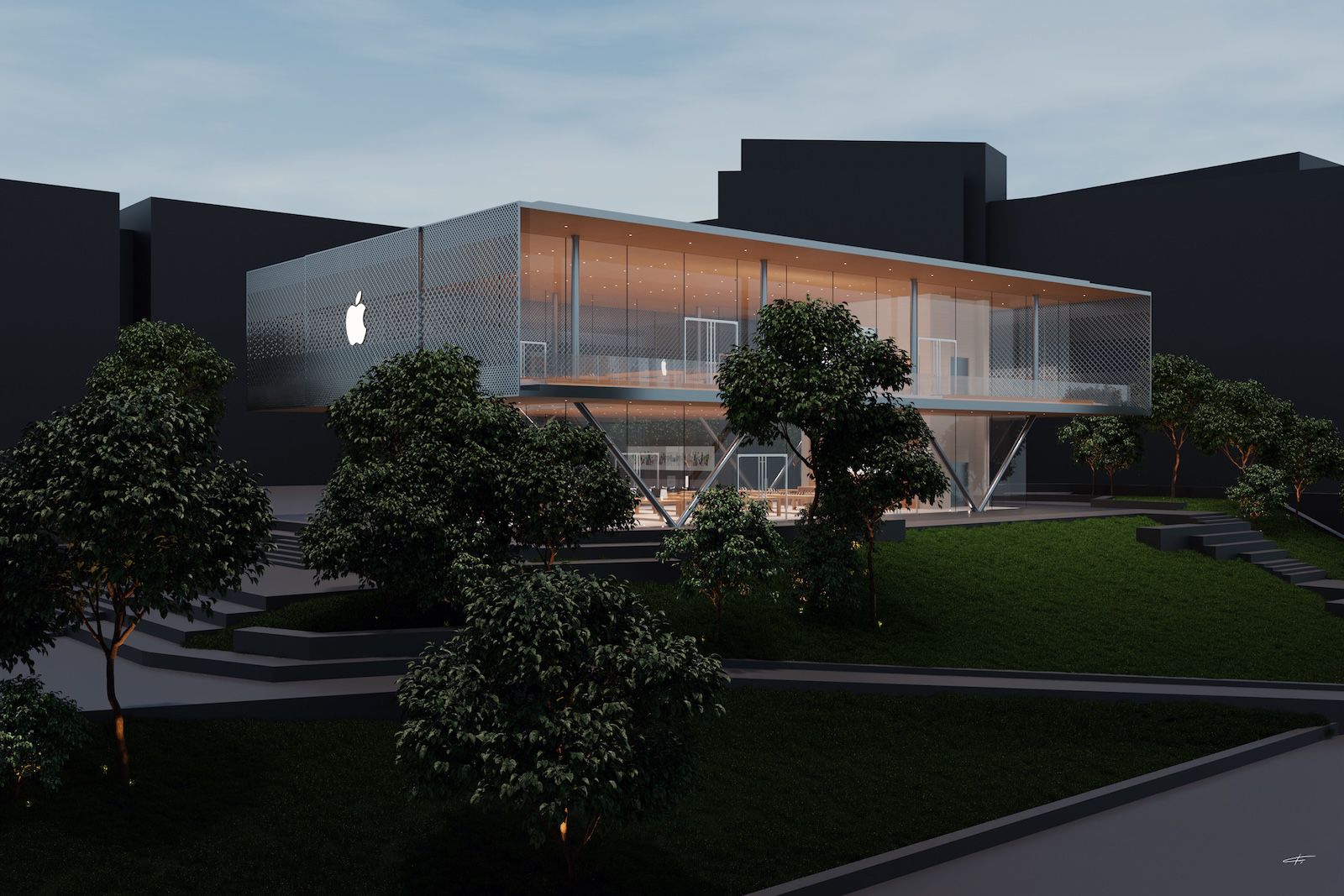




















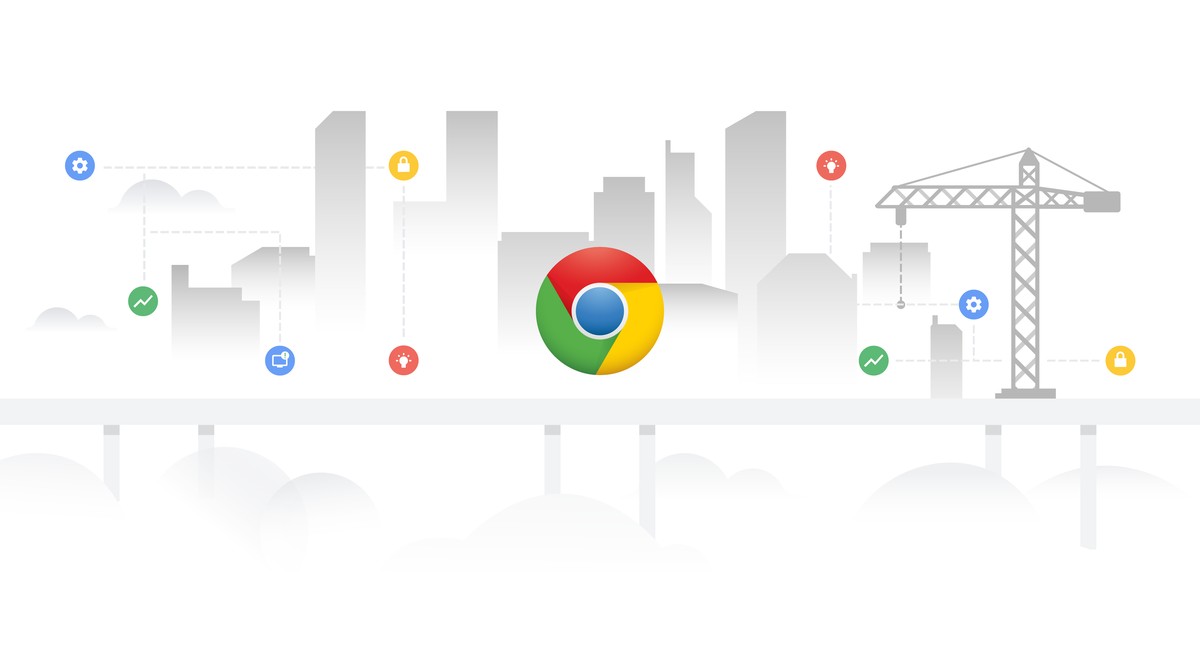


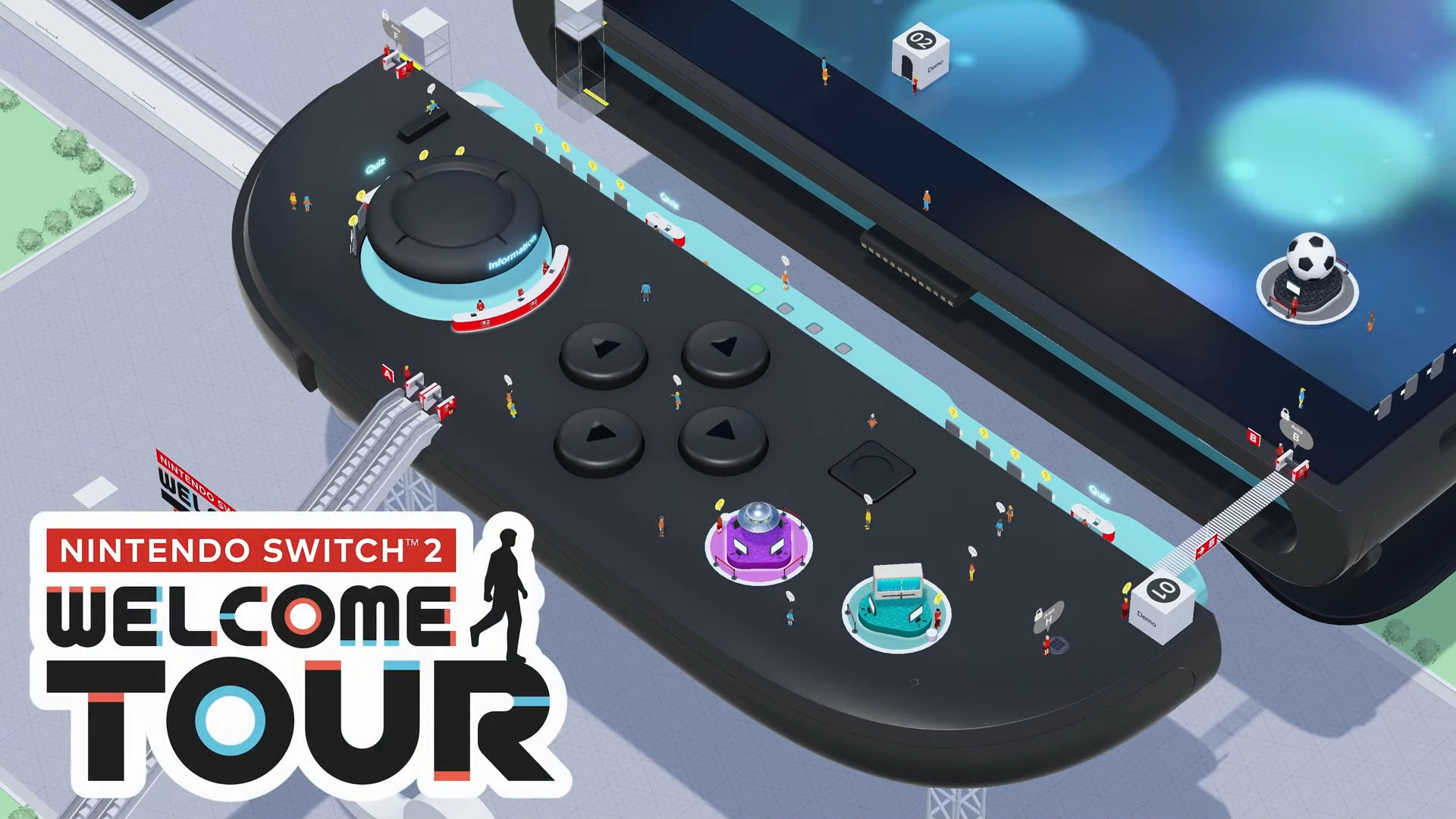
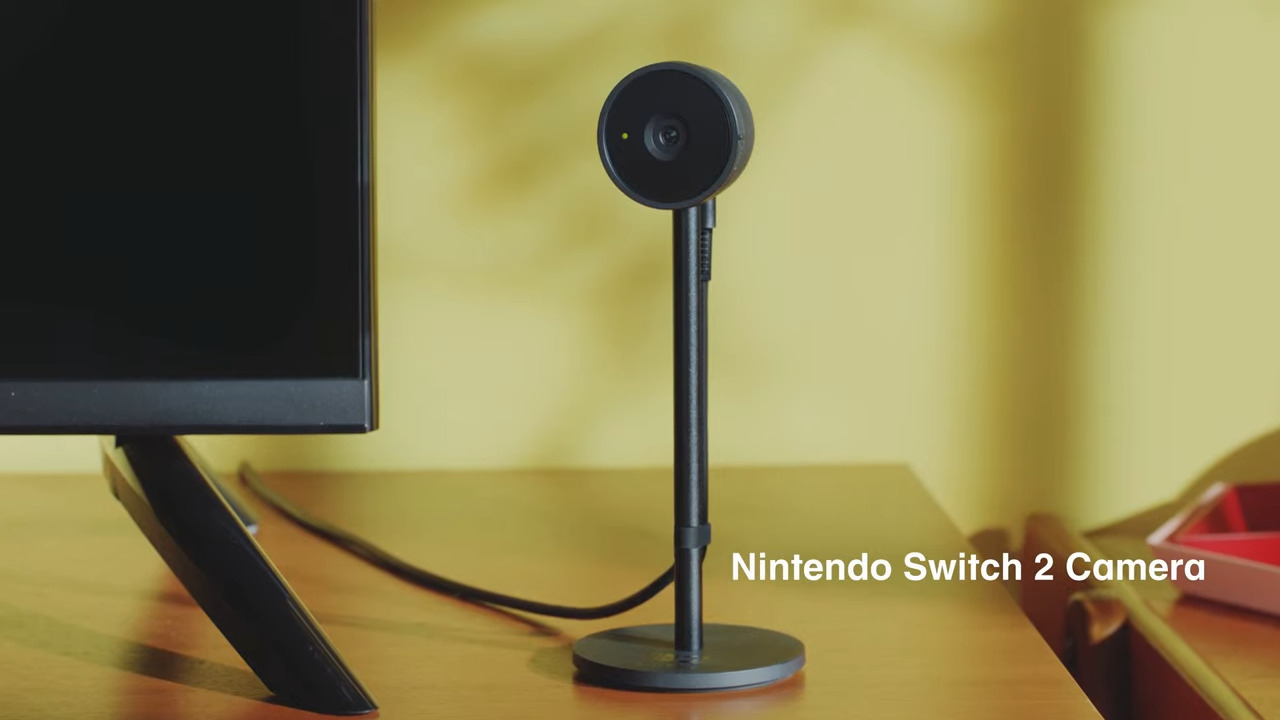
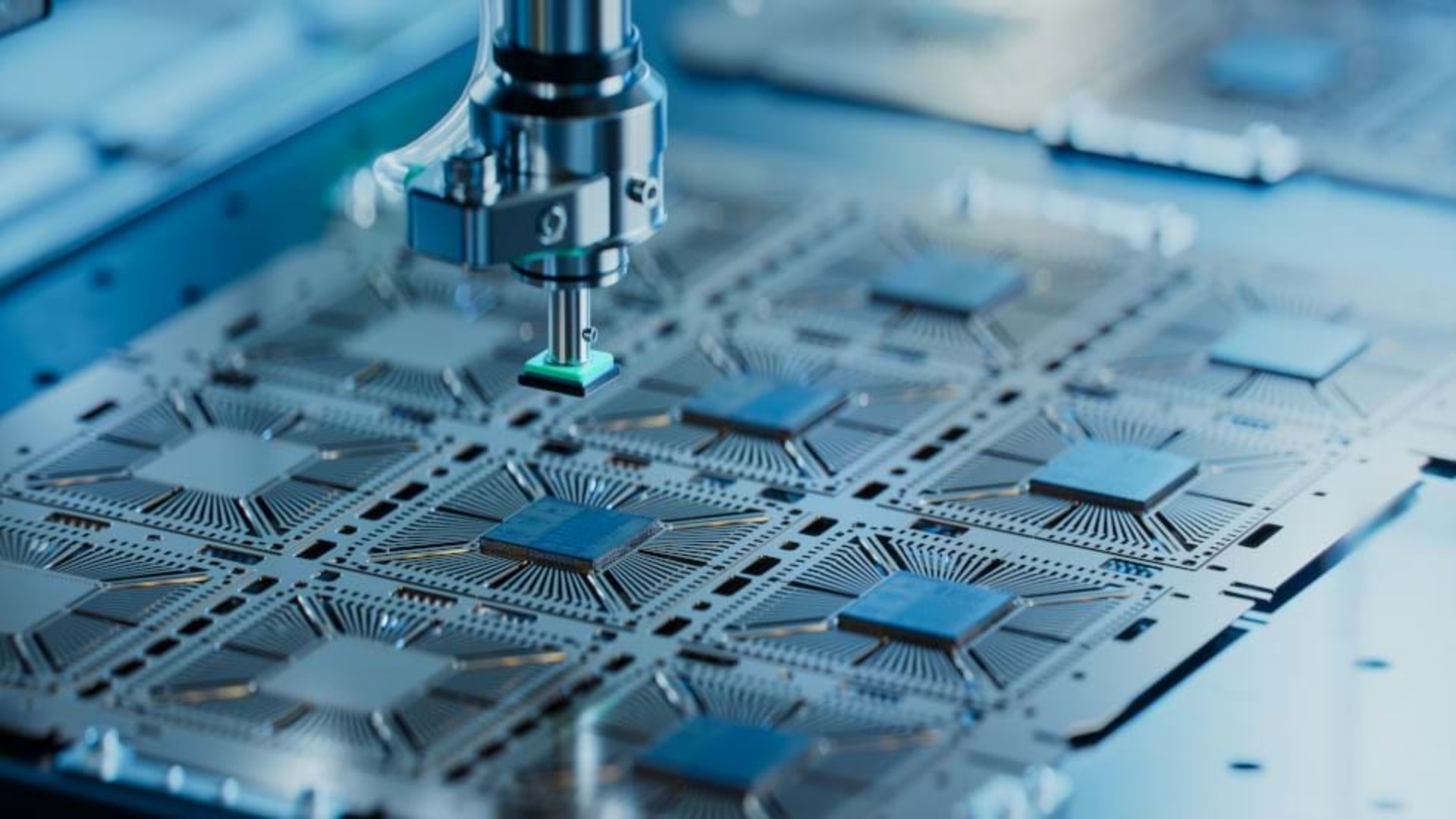
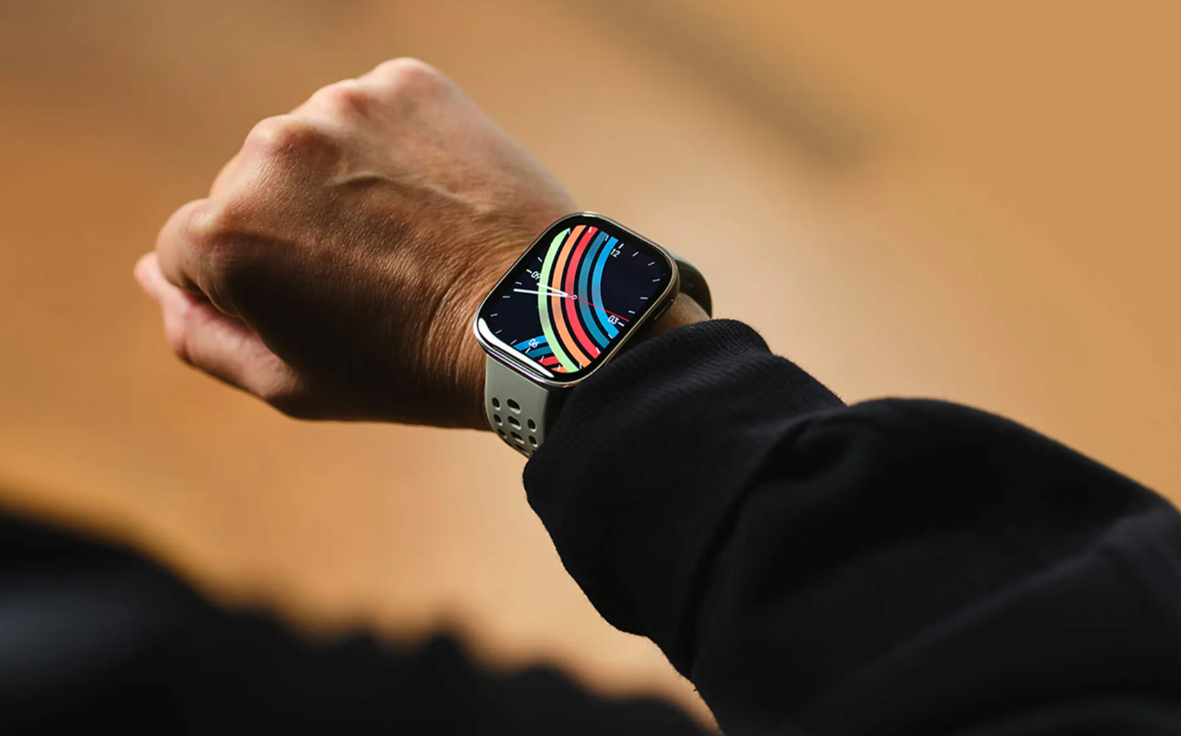
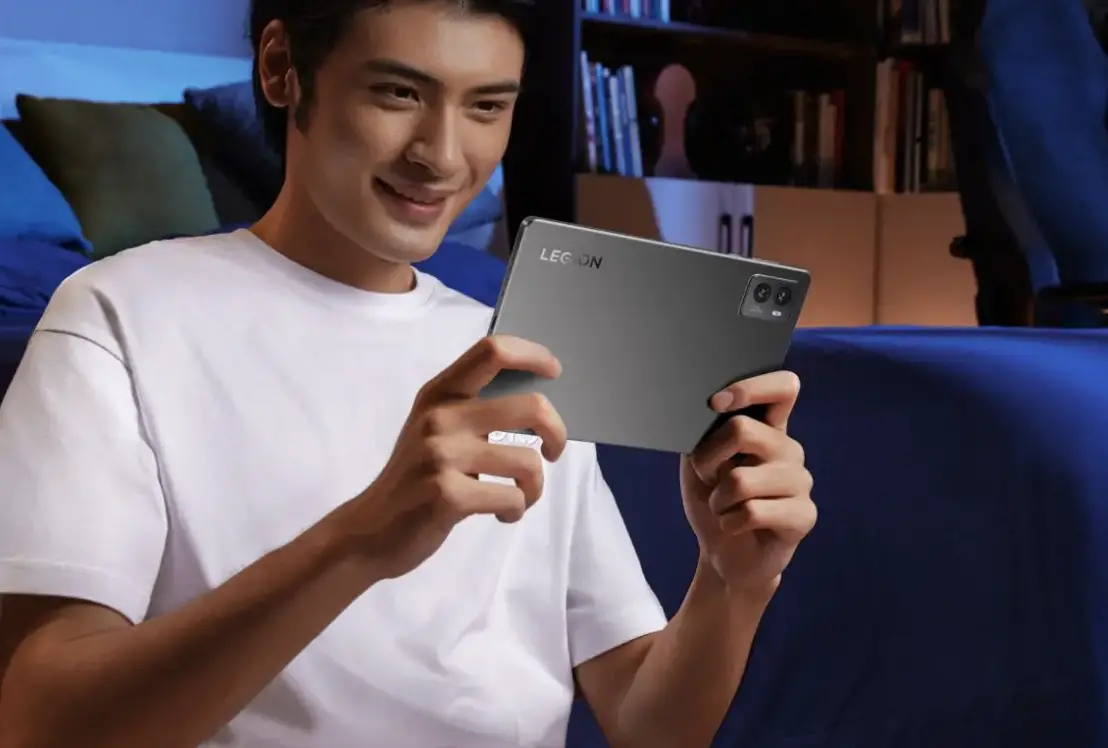
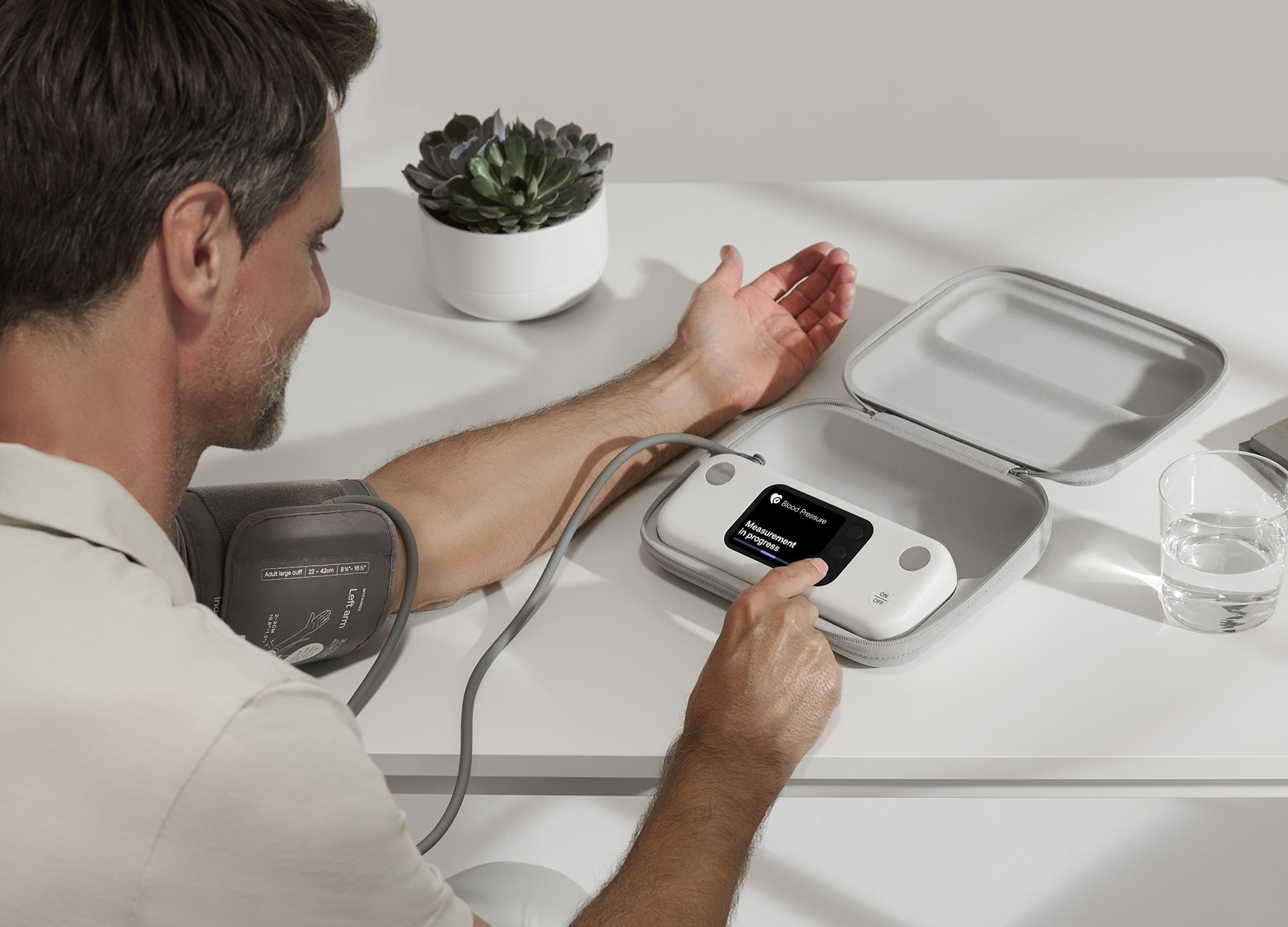









![Apple Releases macOS Sequoia 15.5 Beta to Developers [Download]](https://www.iclarified.com/images/news/96915/96915/96915-640.jpg)
![Amazon Makes Last-Minute Bid for TikTok [Report]](https://www.iclarified.com/images/news/96917/96917/96917-640.jpg)
![Apple Releases iOS 18.5 Beta and iPadOS 18.5 Beta [Download]](https://www.iclarified.com/images/news/96907/96907/96907-640.jpg)
![Apple Seeds watchOS 11.5 to Developers [Download]](https://www.iclarified.com/images/news/96909/96909/96909-640.jpg)

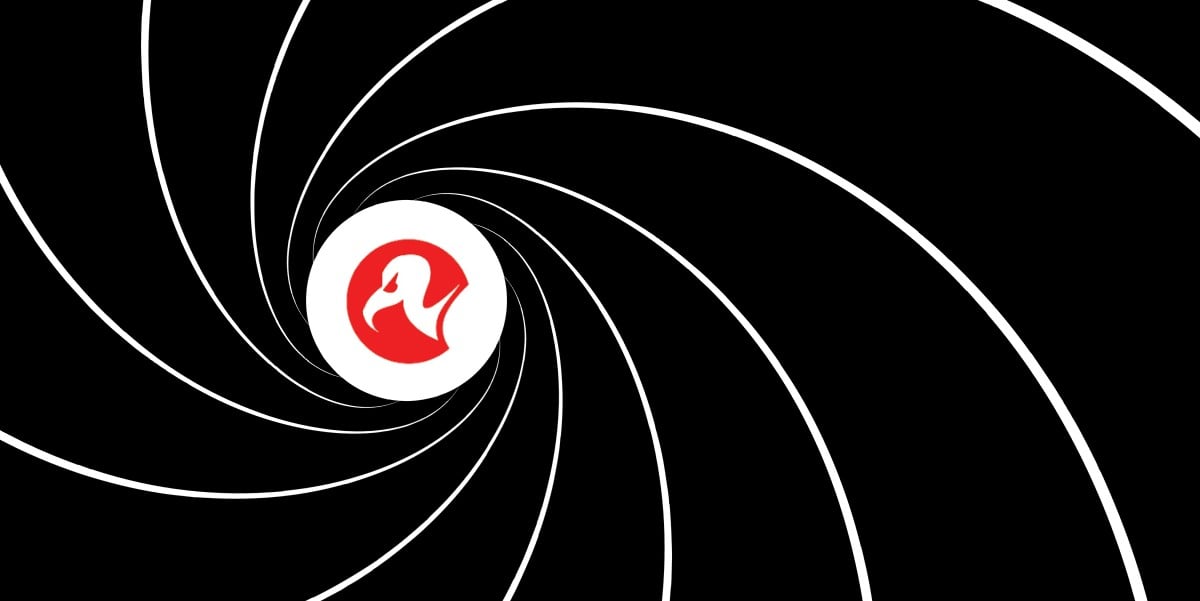

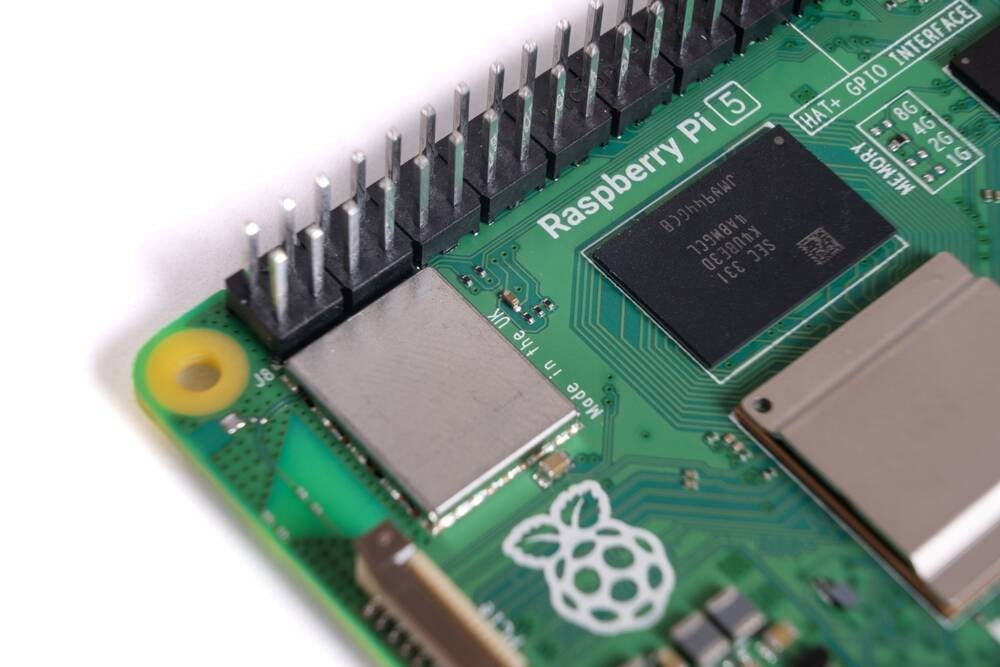

















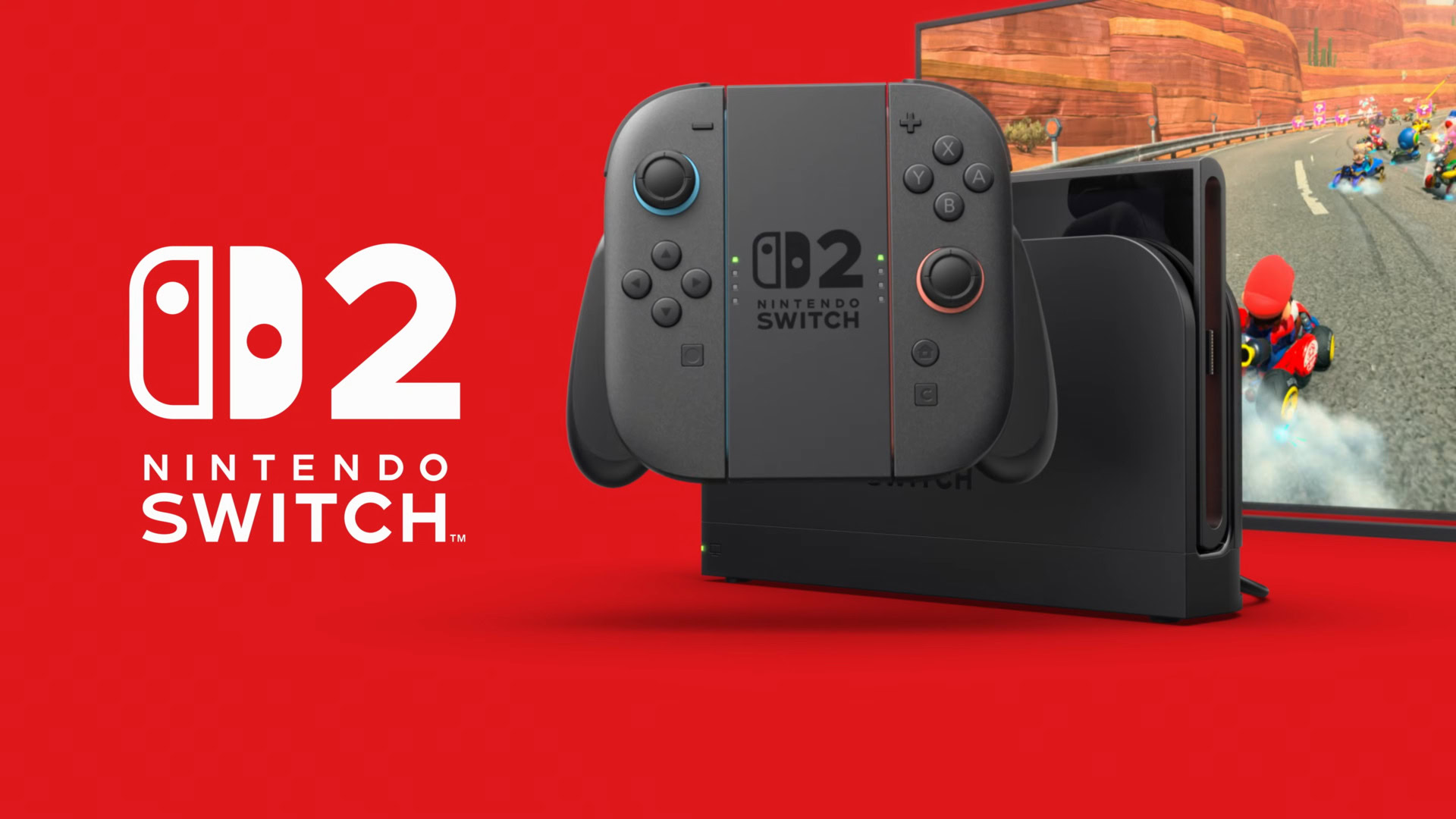


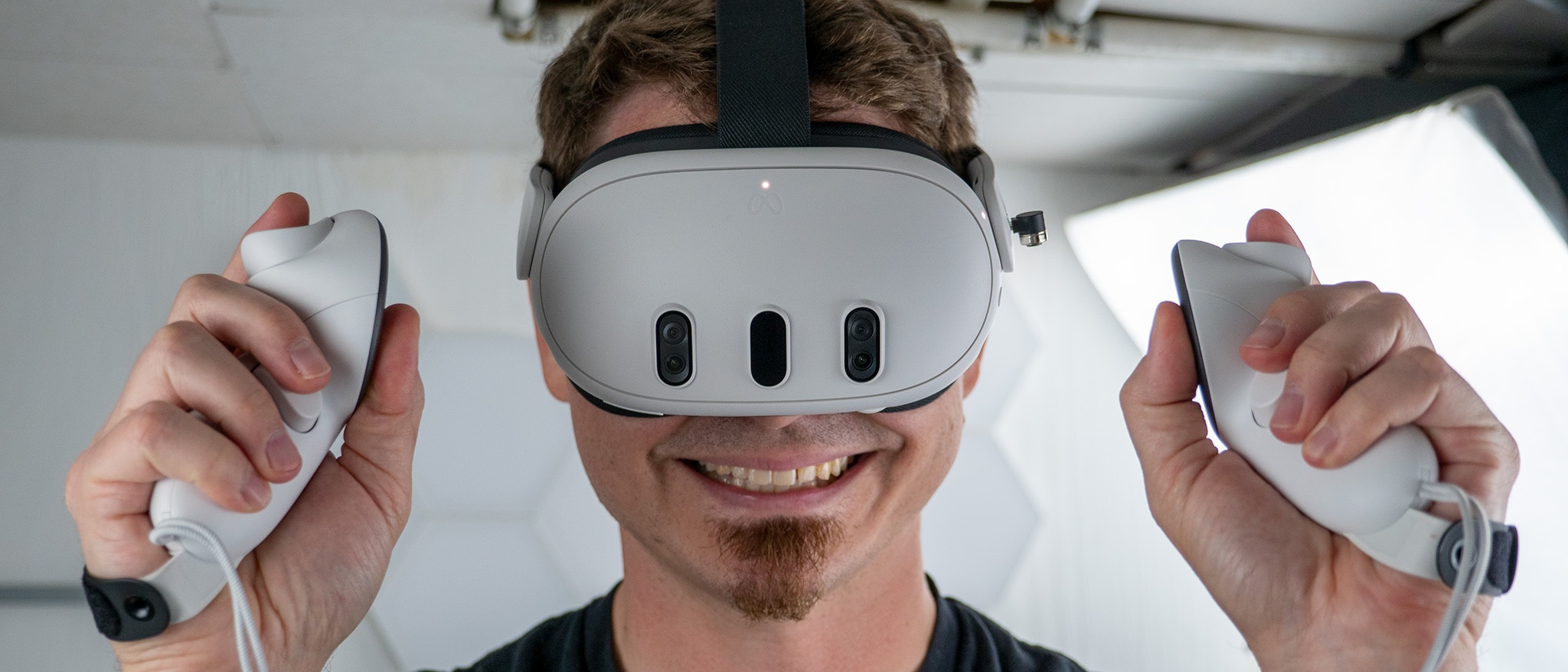

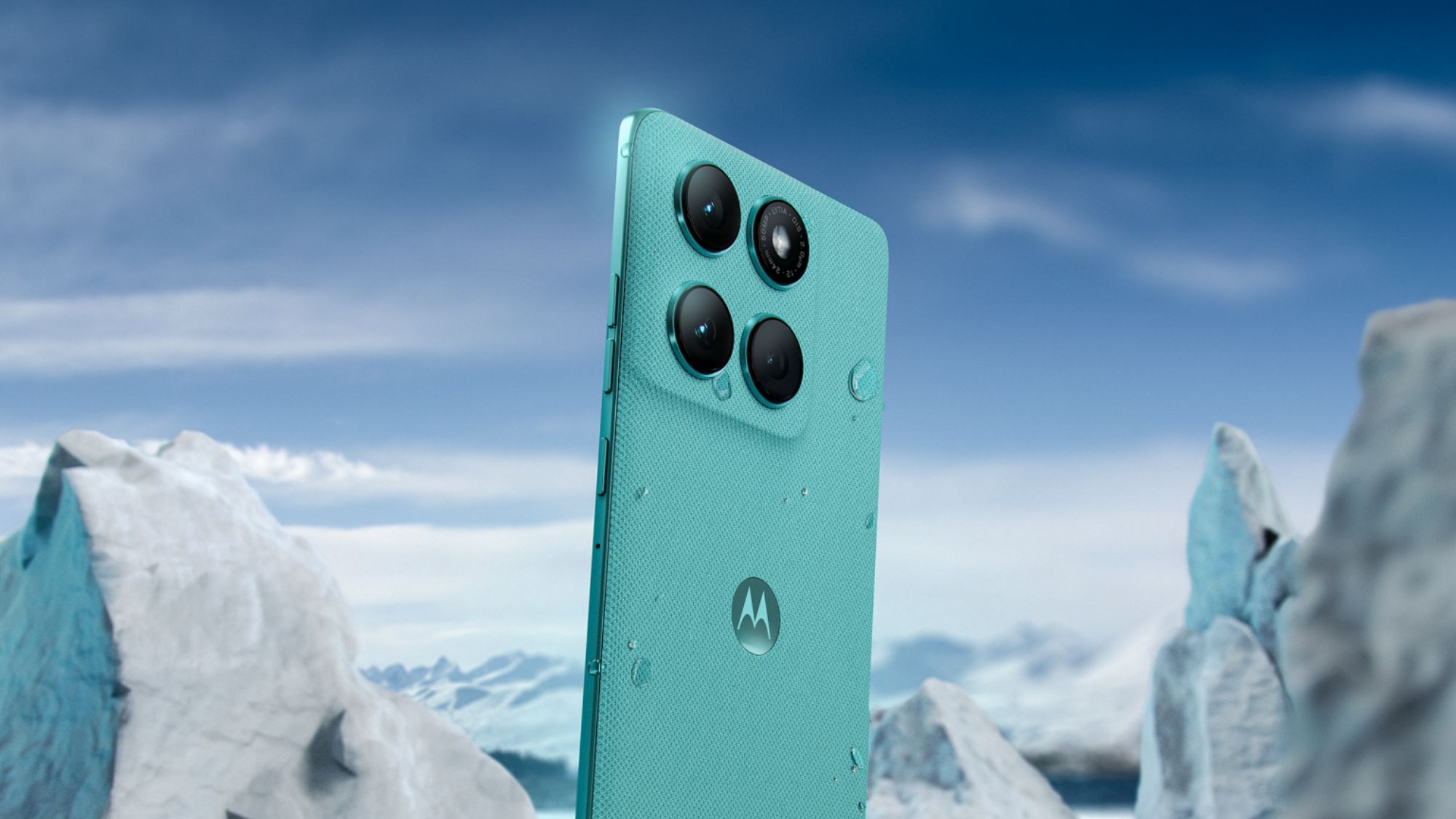
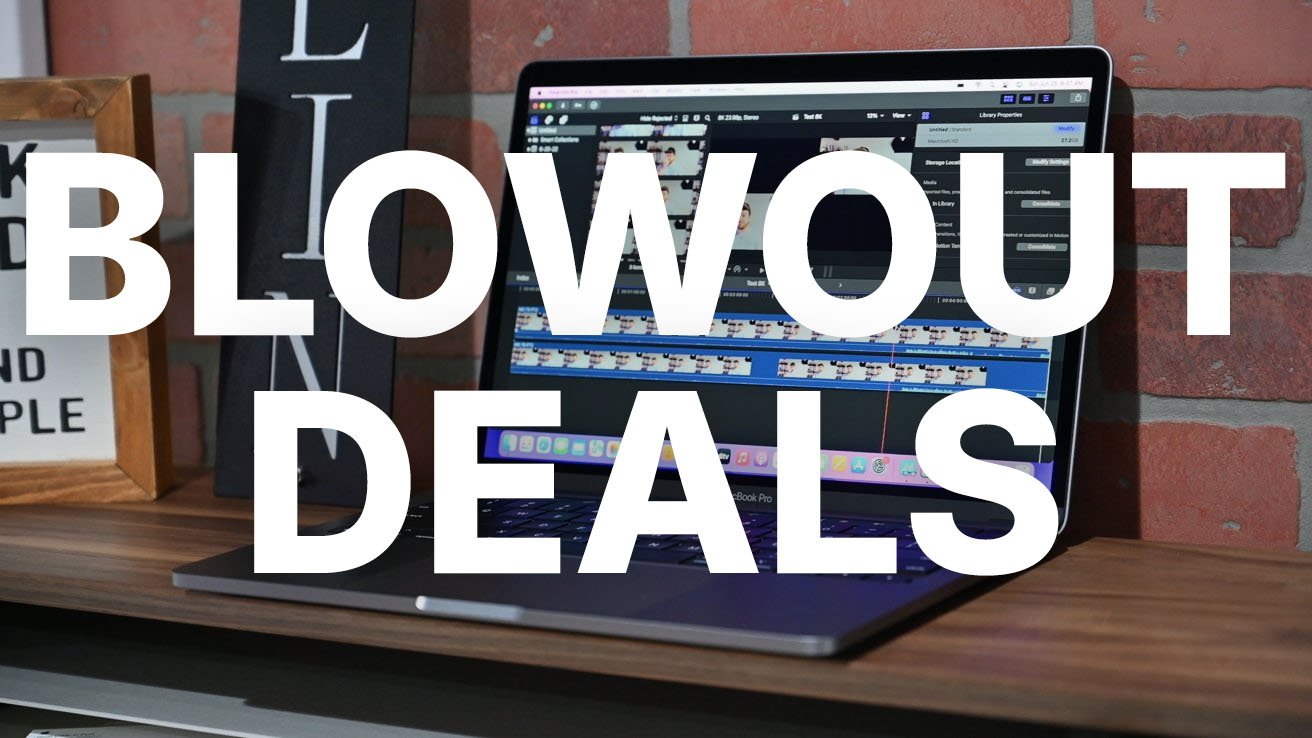
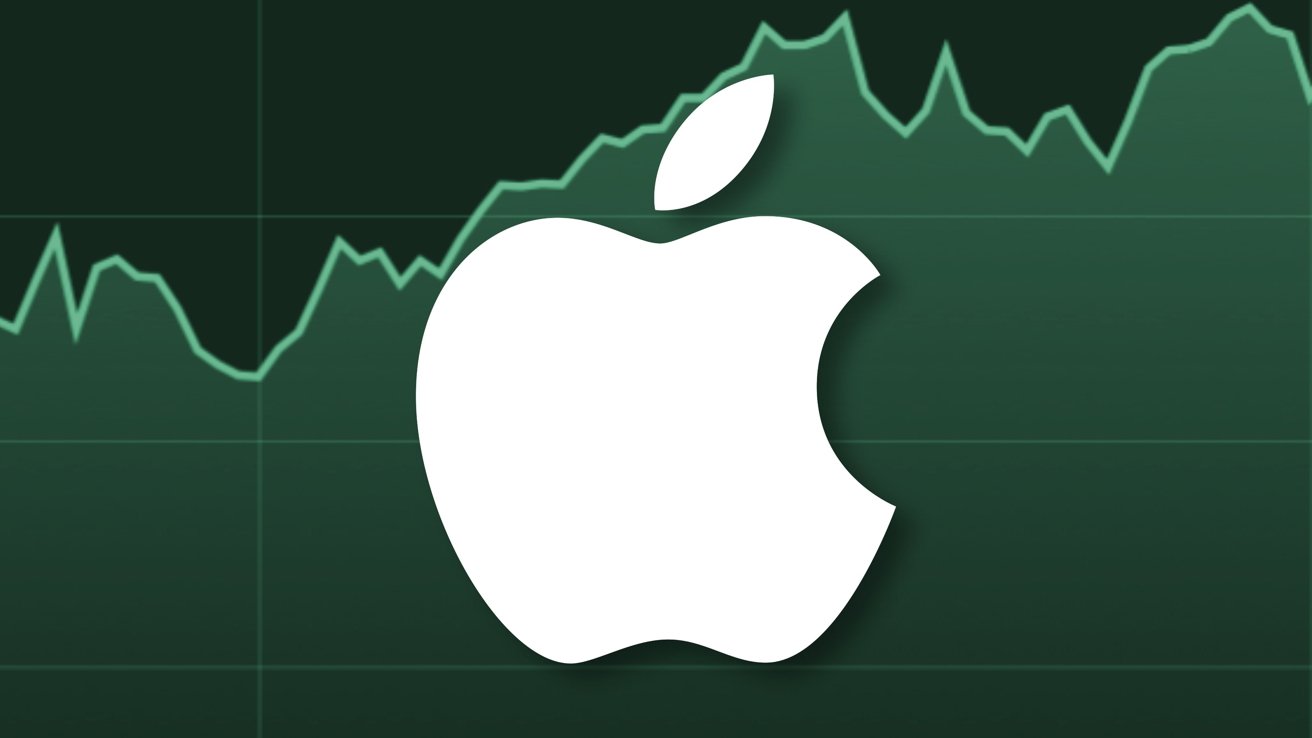
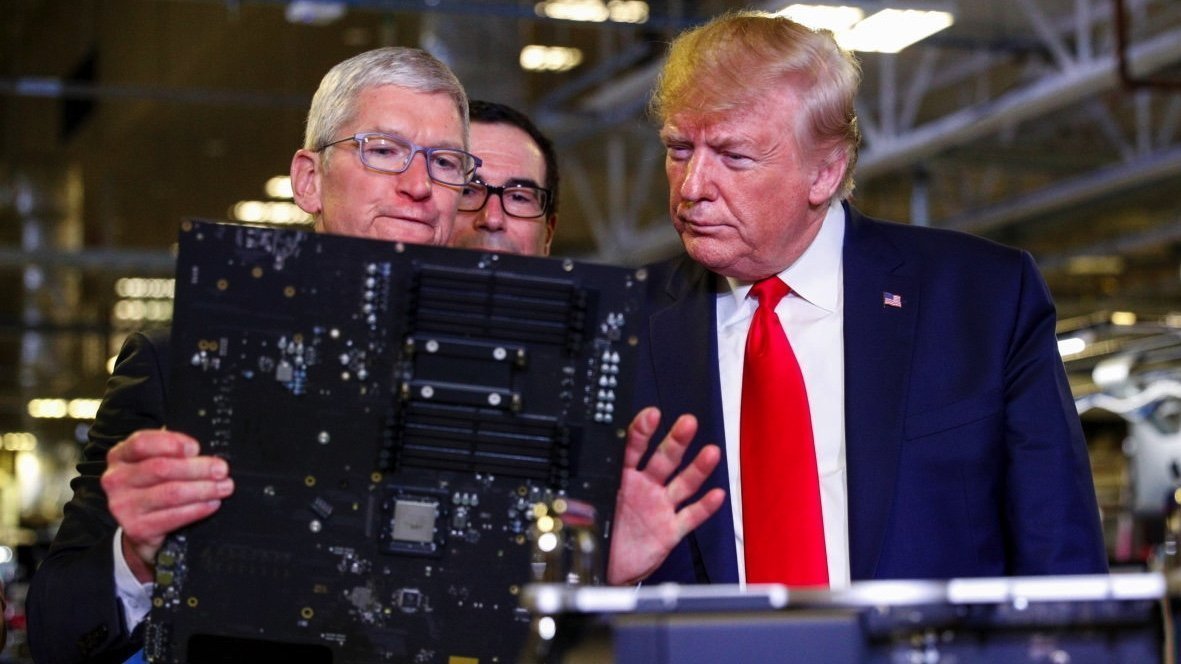


























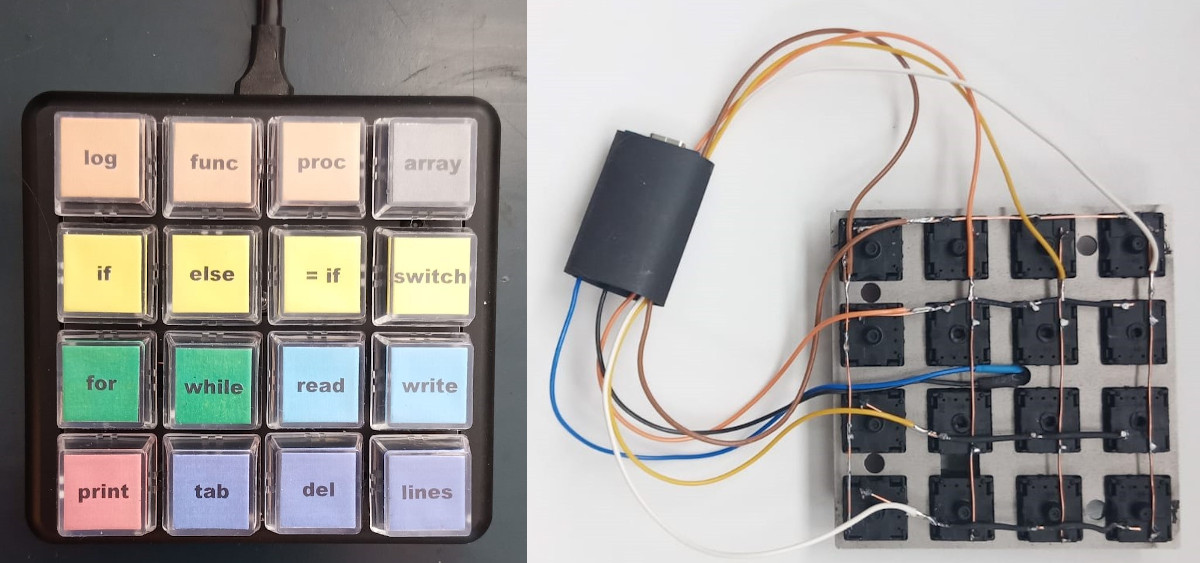
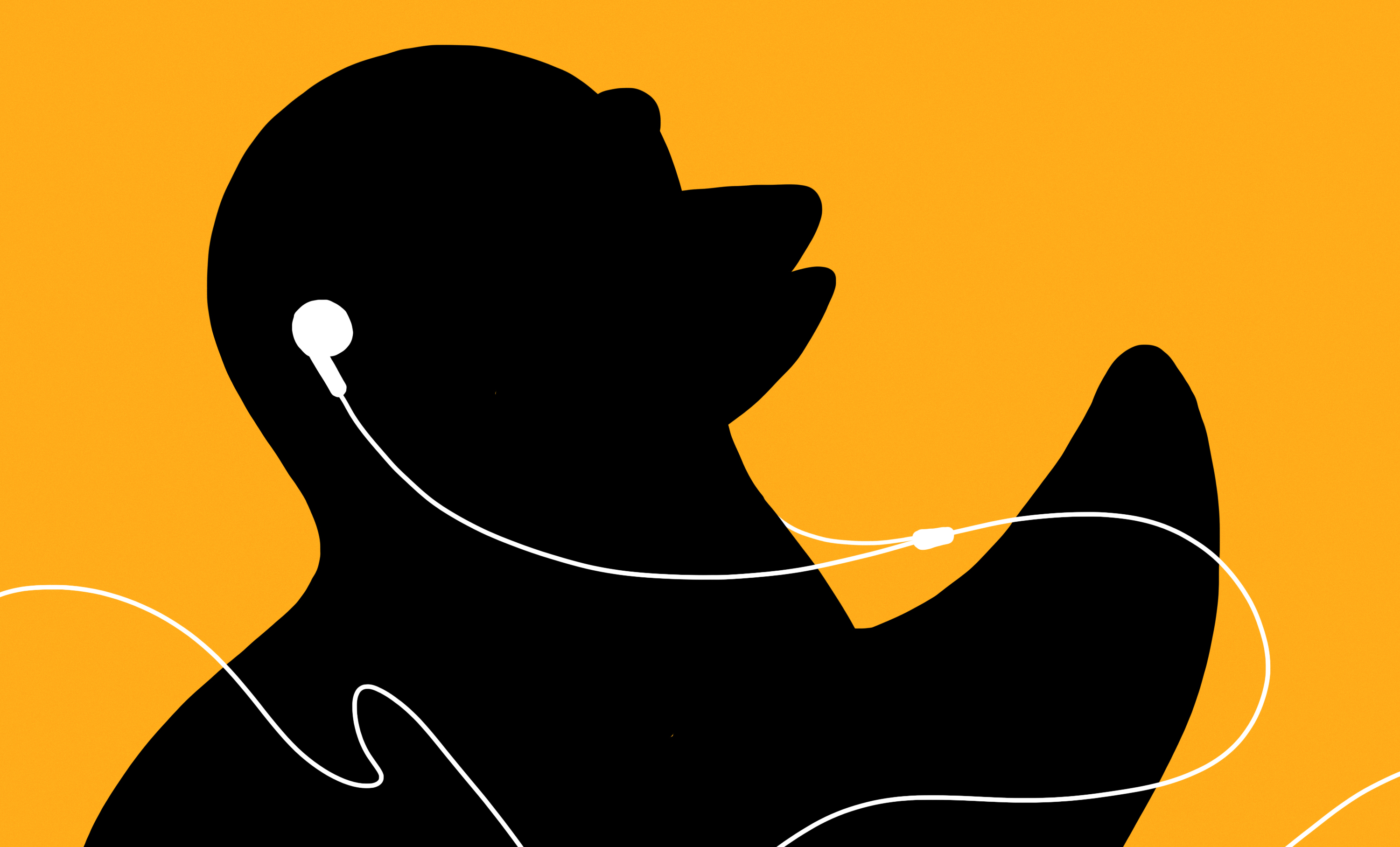















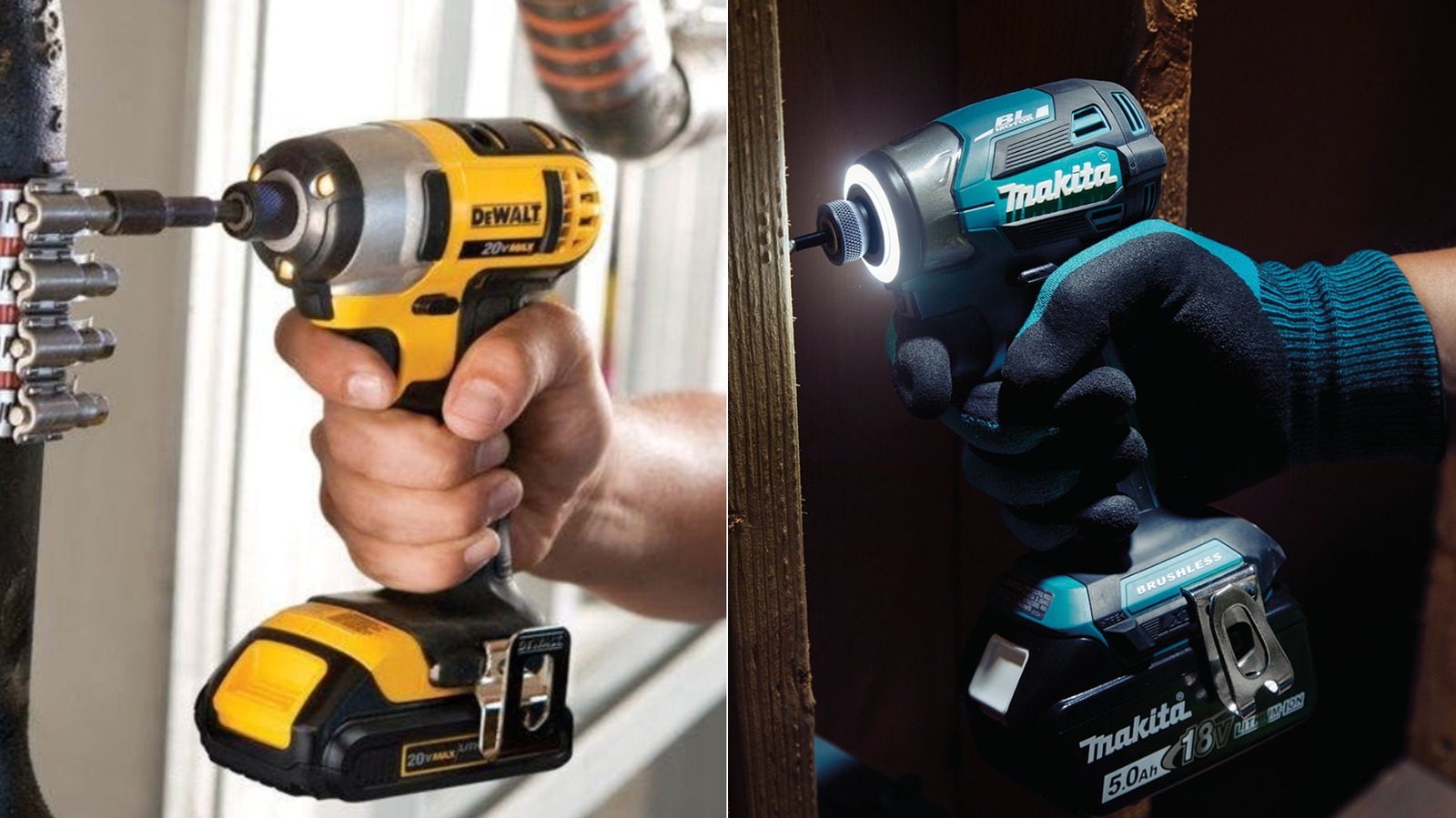














































































































![[The AI Show Episode 142]: ChatGPT’s New Image Generator, Studio Ghibli Craze and Backlash, Gemini 2.5, OpenAI Academy, 4o Updates, Vibe Marketing & xAI Acquires X](https://www.marketingaiinstitute.com/hubfs/ep%20142%20cover.png)


























































































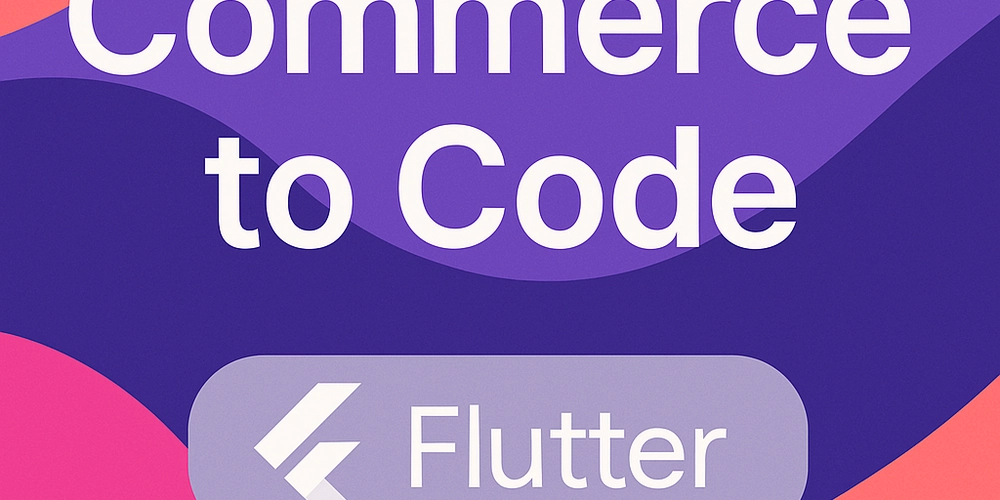




















![Is this a suitable approach to architect a flutter app? [closed]](https://i.sstatic.net/4hMHGb1L.png)
































































